When John Colter set out from Manuel’s Fort at the mouth of the Big Horn River in the fall of 1807 and wandered south and east into what is now Yellowstone National Park, things were quite a bit different than they are today.
Colter, widely believed to be the first European-American to set foot in what is now the park, first documented the thermal features outside the east boundary of the park—an area that earned the nickname, “Colter’s Hell.” While historical accounts of Colter’s journey widely vary, he is largely credited for being the first white man to visit. He was initially part of the Lewis and Clark Corps of Discovery, whose travels to the Pacific are much-better documented.
Think back to what Yellowstone might have been like, to the country Colter might have seen. No roads. Trails? Only those traveled infrequently by American Indians in the region and the game they pursued (native peoples have been using the park’s unique resources for about 11,000 years). The mighty Yellowstone River would have been an impassable torrent in most places (or, by the time he got there—if he really did—it might have been frozen under a foot of ice). Other great rivers, like the Snake, the Firehole, the Gibbon and the Madison would have been truly wild, sporting only native fish … or no fish at all.
Yellowstone Lake would have looked like an inland sea and access around its shores, with the many hot pots and hot springs would have been intimidating, to say the least. Other massive lakes, like Lewis and Shoshone in the western side of the park, would have been equally challenging to navigate.
And the fish in Yellowstone? All native. All wild. All exactly where they belonged. Today, after generations of non-native fish management through the 1950s, the park’s fisheries are quite a bit different than they were when Colter would have wandered through the park. There were no rainbow trout. No brook trout or lake trout. And no brown trout, either. In fact, the park’s waters would have been inhabited by just three native salmonids—cutthroat trout, Arctic grayling and mountain whitefish.
And those fishy lakes and rivers of today? Lewis and Shoshone lakes would have been completely fishless, as would have been the Firehole River above Firehole Falls. The Madison and the Gibbon would have contained native strains of west slope cutthroat trout, whitefish and Arctic grayling, all native to the headwaters of the Missouri River.
Yellowstone Lake would have been home solely to native Yellowstone cutthroat trout, whitefish and the native dace and suckers that continue to live there today. There would have been no lake trout in any of the park’s waters—these non-native predators weren’t introduced into Yellowstone until 1890, and only then into Shoshone and Lewis lakes (and later into Heart Lake).
This may have been one of the greatest tragedies in the park’s biological history—invasive lake trout found their way into Yellowstone Lake in the late 1980s or early 1990s and nearly wiped out the legendary native cutthroats of the park’s signature lake by the mid-2000s. Only diligence on behalf of the National Park Service, a volunteer effort from local Trout Unlimited chapters and the help of other non-profit groups like the Greater Yellowstone Coalition and Yellowstone Forever have reduced the numbers of lake trout in Yellowstone Lake to enable the native cutthroats to make a reasonable comeback.
How did they get there? It could have been the nefarious deeds of an angler or two who wanted to spice up the fishing in Yellowstone Lake by illegally transplanting lake trout from Lewis or Shoshone lakes. It could have happened in 1988, during the torrential and tragic fire season, when buckets of water from lake-trout infested waters were used to douse fires near Yellowstone Lake. Or it could have happened somewhat naturally—non-native lake trout that wash out of Jackson Lake Dam in nearby Grand Teton National Park could have migrated up Pacific Creek to Two Ocean Creek to the famous “Parting of the Waters,” and to Atlantic Creek, which eventually dumps into the Yellowstone River in the wild and remote Thorofare region.
Yellowstone National Park fisheries biologist Todd Koel is investigating this possibility. In July 2018, Koel told the Associated Press, “There’s surface water that connects up Two Ocean Pass, the waters of the Pacific drainage and the Atlantic drainage. I flew it last year and it was an open system, all the way to the top.”
You might think, “Hey, a fish is a fish is a fish. What difference does it make if it’s a cutthroat or a lake trout?”
The short answer? Big.
Cutthroats and lakers don’t share the same habitat. Native cutthroats spawn in rivers and streams and, while they will venture deep, can often be caught near the surface. This means they aren’t just readily available to anglers, but to grizzly bears and black bears, eagles and ospreys, otters and mink … even wolves, coyotes and foxes have been documented chasing and eating Yellowstone cutthroat trout.
Lake trout, native to Canada and the upper Midwest, spawn in the lakes and they spend the majority of their lives in very deep water. They are not a ready food source for the park’s fish-eating predators.
The result? A jacked-up ecosystem. Bears that once keyed in on cutthroat trout in the spring were forced to go after elk and bison calves. Bald eagles and ospreys all but disappeared from the shores of Yellowstone Lake at the height of the cutthroat crash. The loss of Yellowstone’s namesake trout reverberated throughout the food chain.
Several years ago, while attending a western regional meeting of Trout Unlimited in Jackson Hole, Wyo., local TU chapter members “sticker-bombed” my truck with a telling bumper sticker. “Lake trout kill elk,” the sticker read. And, if you consider how intertwined Yellowstone’s predators are with its native fish, that statement is entirely correct.
The somewhat sketchy accounts of Colter’s visit to the region don’t document the park’s native fish—old John was a renowned hunter, but if he fished, there’s no record of it in the park. What is known is that the fly-fishing paradise we all know Yellowstone to be today was about 40-percent fishless when the region was designated as the world’s first national park in 1872.
It’s not unreasonable to think that, because of the efforts to introduce trout to many previously barren waters in Yellowstone, the fishing is actually better today than it was when the park was created.
But it’s a double-edged sword, as is the case in nearly every instance where non-native fish are introduced into waters where they don’t belong. Browns and rainbows now inhabit the storied Madison, not cutthroat trout and grayling. Brook trout, which were the first non-native salmonid to be introduced in the park in 1889, according to the National Park Service, when they were stocked in the upper Firehole River, are now very widely dispersed throughout Yellowstone, and have pushed native cutthroat trout out of headwater streams in nearly every region in the park.
Stocking of non-native fish in Yellowstone continued into the 1950s when the practice was stopped—by the 1930s, park managers had seen a noticeable decline in native trout and grayling thanks to non-native introductions. Today, the only fish purposely stocked in the park are native trout that are being reintroduced to their historic waters, not for the benefit of anglers (but that benefit exists, nonetheless).
Today, fishing in and around Yellowstone can still be quite good. Even though Yellowstone’s annual visitation numbers topped 4 million in 2015 and have remained steady since, only about 50,000 people fish in Yellowstone every year (and I would venture that the vast majority of those anglers are fly fishers). The iconic trout rivers of Yellowstone, first made famous a century ago, are, for the most part, still excellent trout fisheries today. The chance to catch trophy trout of nearly every species available in the park—both native and non-native—still exists. But, generally, Yellowstone is populated with small to average-sized trout that offer great sport in one of the most impressive and unusual settings on earth. Only in Yellowstone can an angler cast to brown and rainbow trout as bison cross the river above or below them. Only here can a fly fisher cast to trout as geysers gush boiling water from the beating heart of the planet into the same river.
For the cost of a park fishing license and the gate entrance fee, anglers can experience one of the most raw landscapes in the world, sliced from end to end by fabled roadside rivers and little-known (and little-fished) backcountry trout streams. It may only be here where anglers can spend half a day casting to brown trout native to Loch Leven in Scotland, and then travel 20 minutes to cast to Arctic grayling and west slope cutthroat trout. Then, they could finish off the day with a short drive and catch brookies native to Appalachia or a rainbow trout that sports the genetics from its native McCloud River in California.
There’s only one Yellowstone. And, while not all of its fish belong there, they all share one thing in common. They’re wild. Just like the park itself.
Editor’s note: The above story is the introduction to “Catching Yellowstone’s Wild Trout: A Fly-fishing History and Guide,” by author Chris Hunt.

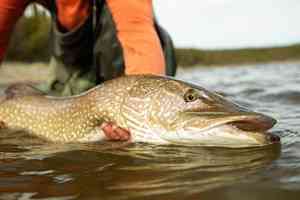
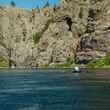
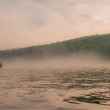
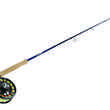
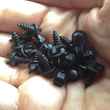
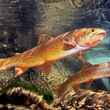
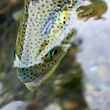
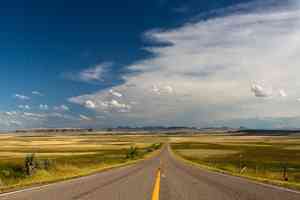



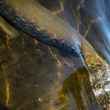
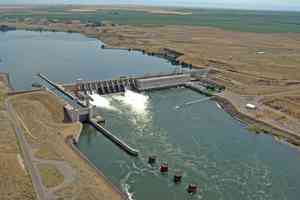
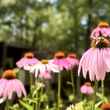
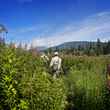
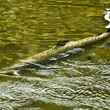
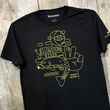

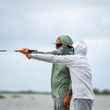
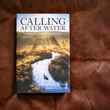
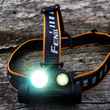

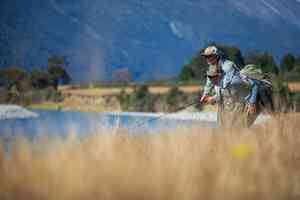
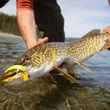

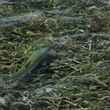
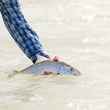
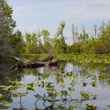
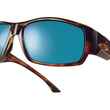
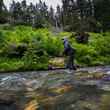
Comments
Don Edes replied on Permalink
I used to know a man that told of his Grandfather Stocking Brook Trout in Yellowstone at the behest of Theodore Roosevelt. He was also a photographer and there was a few surviving glass plate negatives in terrible condition that survived.
Steve replied on Permalink
I believe lake trout were present in yellowstone lake way before the fires of 88.
Pages